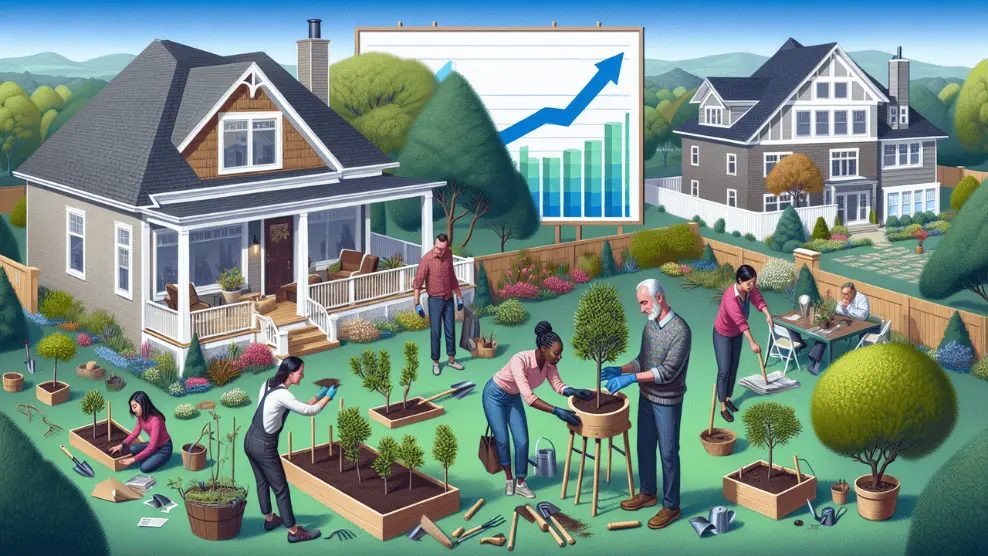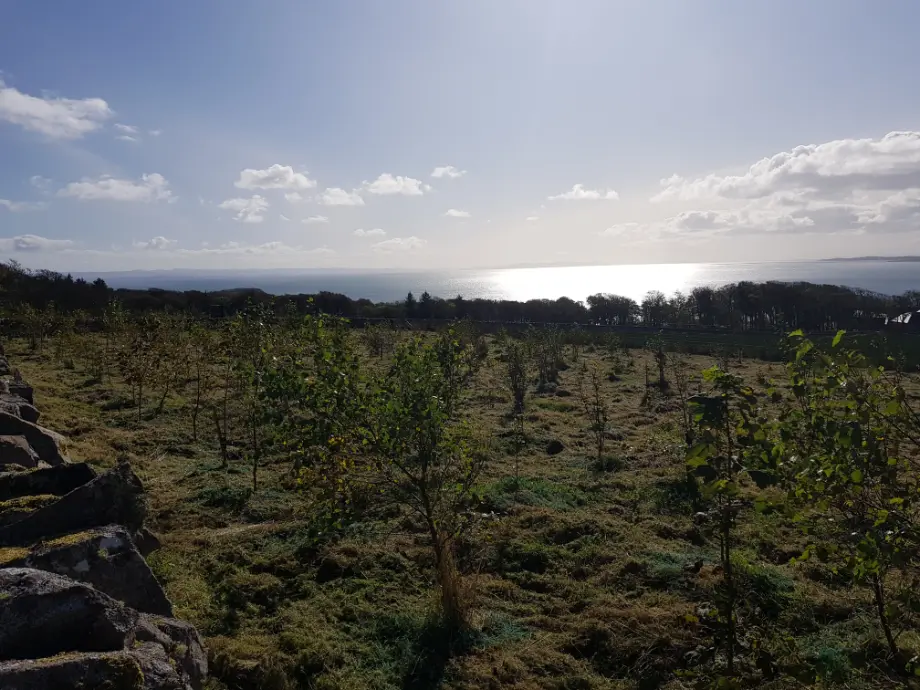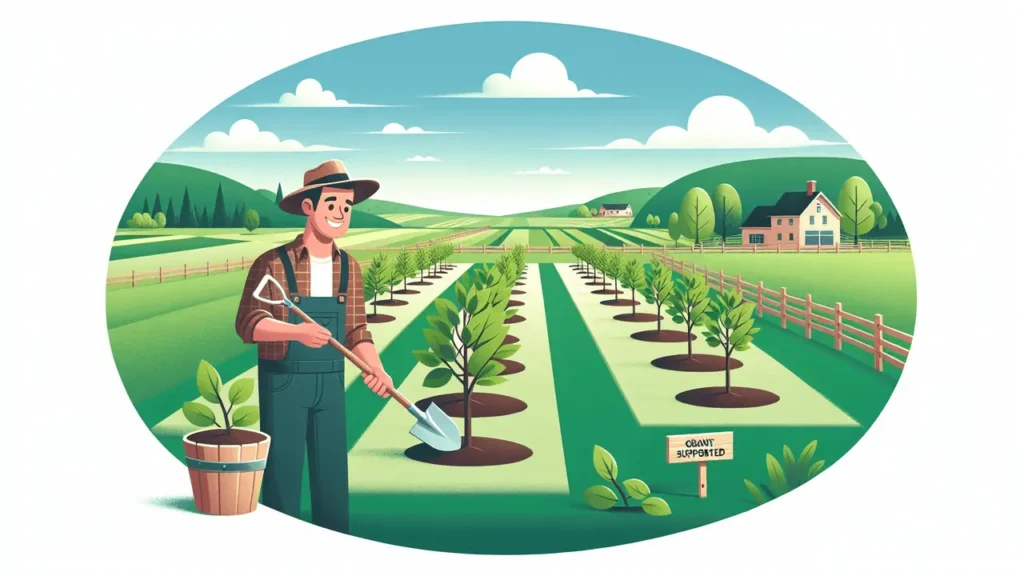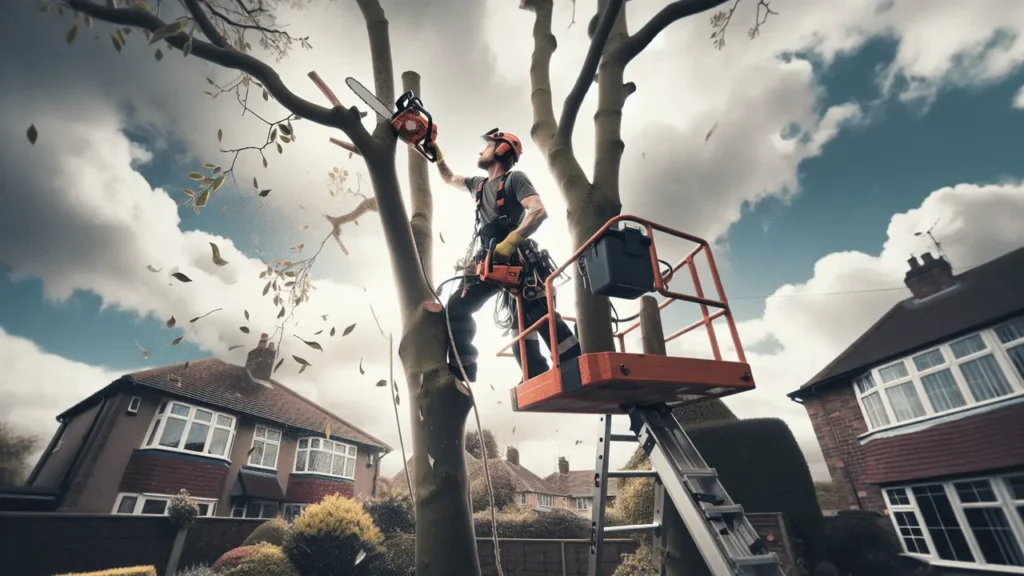Introduction
Understanding the Relationship Between Trees and Property Value
The UK’s Growing Interest in Sustainable Living

The Science Behind Trees and Property Value Increase
Research consistently indicates that tree planting can lead to a noticeable property value increase. According to studies conducted in the UK, homes with well-maintained greenery can see a significant uplift in valuation. Trees offer both practical and aesthetic benefits, reducing the degraded response that potential buyers might have towards properties lacking natural elements. By incorporating trees into urban environments, the appeal of residential areas rises, encouraging buyer interest and improving market standings.
How Trees Enhance the Aesthetic Appeal of Properties
Trees are a powerful tool in enhancing the visual appeal of a property. Mature trees in particular provide structure and add a sense of longevity and stability. They offer shade, which can create inviting outdoor areas for residents. Tree planting can help delineate property boundaries and create an immediate visual impact. Trees soften the hard outlines of buildings, add a dynamic quality through changing seasons, and provide a variety of colors and textures. The aesthetic appeal significantly contributes to the perceived value of a property, leading to a tangible increase in its market price.
Environmental Benefits Leading to Increased Buyer Interest
The environmental benefits of trees further drive buyer interest in properties. Trees play a crucial role in improving air quality by filtering pollutants and releasing oxygen. This environmental impact enhances the livability of urban and suburban areas. Additionally, trees can act as noise barriers, providing a quieter environment. They also support biodiversity by hosting various species, which enriches the local ecosystem. Collectively, these benefits translate to a property value increase as buyers are increasingly aware of sustainability and prefer homes that support ecological balance. The presence of trees is often seen as an indicator of a healthy, desirable neighborhood, further amplifying their contribution to property value.

Tree Planting and Its Impact on Property Demand
Tree planting significantly influences the demand for properties in the UK. The visual appeal of tree-lined streets can elevate community desirability, encouraging potential buyers to invest in the area. Properties nestled in these verdant settings are often perceived as more attractive, contributing to a property value increase. Beyond aesthetics, trees provide environmental benefits like improved air quality and reduced urban heat, enhancing overall living conditions. This dual impact on aesthetics and the environment often leads to a higher demand for properties in well-planted areas.
Case Studies of UK Neighborhoods With High Tree Density
Research shows that neighborhoods with high tree density experience increased property values. For example, areas like Hampstead in London are prime examples where tree planting has led to a property value increase. These neighborhoods exhibit remarkable stability in real estate markets. Another example is the city of Sheffield, where the commitment to urban tree planting has improved local property demand, offering a serene environment for homeowners. In contrast, areas suffering from degraded response to environmental care often see lesser growth in property value.
Types of Trees That Add the Most Value to Properties
Not all trees contribute equally to property value. Specific types, like oak, cherry, and birch, are known to offer significant advantages. These species are valued for their aesthetic appeal and environmental benefits. Oak trees, for instance, enhance natural beauty while offering shade and habitat for wildlife. Cherry trees attract potential buyers with their seasonal blooms, adding a unique charm. Birch trees provide an elegant appearance and are less likely to cause structural damage due to their root systems. Selecting the right type of tree is vital for maximizing the positive impact on property value.
The Economic Perspective on Investing in Tree Planting
Tree planting has been recognized as a valuable investment for homeowners in the UK. Trees contribute to a property value increase in several ways, enhancing the overall appeal and providing potential economic benefits. In urban areas, where green spaces can be limited, the presence of mature trees is especially cherished. Buyers are generally more attracted to properties with well-maintained gardens, adding an element of natural beauty and tranquility.
Cost-Effectiveness of Planting Trees for Homeowners
Initial costs of tree planting are outweighed by the long-term benefits. Trees offer a durable landscape feature with minimal maintenance expenses once established. Homeowners benefit from lower energy bills, as trees provide shade in the summer and act as windbreaks in winter, leading to reduced heating and cooling costs. For the environmentally conscious, tree planting serves an additional role by improving air quality and aiding carbon sequestration, reflecting a commitment to sustainable living.
Long-term Financial Benefits of a Tree-Rich Property
Addressing Concerns: Degraded Response from Trees
Common Misconceptions About Trees and Property Damage
Misconceptions about property damage due to tree planting often stem from isolated incidents. It is crucial to differentiate between poorly managed trees and the general benefits they offer. Trees are known to enhance the aesthetic appeal and provide shade, both of which contribute to a property value increase. Issues like root intrusion or foundation damage are rare and mostly connected to large, unchecked trees grown in close proximity to structures. Understanding tree species and their growing patterns significantly reduces these risks.
Mitigating Risks and Maximizing Benefits
- Conduct regular inspections to monitor tree health and structural integrity.
- Consult with professionals to determine appropriate tree species suitable for the property’s specific environment.
- Maintain optimal distance between tree bases and buildings to prevent root interference and foundation issues.


